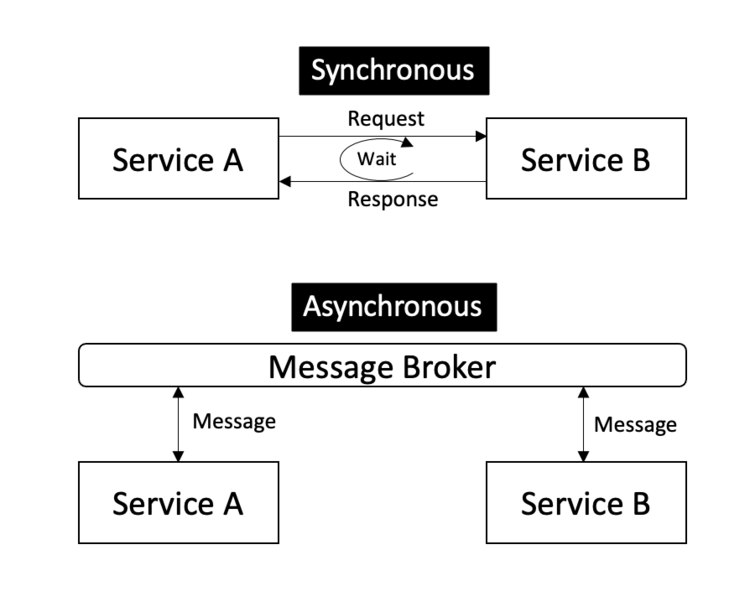This is the age of analytics—information resulting from the systematic computational analysis of data to identify new opportunities, improve core processes, reduce operational costs, provide the best customer experience, remain competitive, and thrive in an increasingly challenging business environment.
Read MoreWhen the choice of Angular or React arises, development teams often bring up comparative criteria such as what libraries are available, the design ethos of the frameworks, how many people like each one and so on.
I thought it worthwhile to attempt to do something a little different; I'm going to compare them by sharing some real world stereotypes of the situations that might come up while maintaining applications which have been written in each.
Read MoreWhen QA and development collaborate at the right level, the benefits are enormous.
Read MoreCustomer experience is a critical component of any successful digital enterprise, and as a Chief Experience Officer (CXO), it is your responsibility to ensure that your organization is delivering exceptional experiences to its customers at every touchpoint. Here are some key strategies for creating a positive customer experience for your digital enterprise:
Read MoreEnterprise monolith applications have been the backbone of many businesses for decades. These applications, often written in older programming languages and architectures, have served their purpose well but are now facing challenges in terms of scalability, maintainability, and adaptability to modern technologies. As a CIO, modernizing your enterprise monolith application is crucial for staying competitive in today's rapidly changing business landscape.
Read MoreReturn on Investment (ROI) is a measure that helps software engineering teams to evaluate the efficiency and effectiveness of a software application in terms of its ability to generate revenue or save costs. It's calculated by dividing the revenue or savings generated by the application by the total costs associated with its development and maintenance. ROI can be a powerful tool for software engineering teams to make data-driven decisions, justify the costs of a software engineering project to stakeholders, and track the performance of a software application over time.
Read MoreFor enterprises, simplifying the concept of digital transformation is essential.
Read MoreDigital transformation is the process of using technology to fundamentally change how a business operates and delivers value to customers. It is a holistic approach that involves not only the implementation of new technology but also the reshaping of processes, organizational structures, and culture.
Read MoreThe multiple, independent services which comprise a microservices application need to collaborate with each other using some form of inter-process communication mechanisms, of which there is a wide variety to choose from. Services can use synchronous request/response-based technologies like REST or gRPC, or asynchronous, message-based ones like AMQP. Services can use human-readable text-based message formats like JSON, or XML, or more efficient binary formats like Protocol Buffers. They can also use high-level network protocols like HTTP or low-level but more efficient TCP.
Read MoreThe multiple, independent services which comprise a microservices application need to collaborate with each other using some form of inter-process communication mechanisms, of which there is a wide variety to choose from. Services can use synchronous request/response-based technologies like REST or gRPC, or asynchronous, message-based ones like AMQP. Services can use human-readable text-based message formats like JSON, or XML, or more efficient binary formats like Protocol Buffers. They can also use high-level network protocols like HTTP or low-level but more efficient TCP.
Read MoreThe traditional on-prem data warehouse has served organizations well for many years by providing visibility into operational data critical for businesses to grow and thrive. However, this architecture tends to live in technical silos, introducing unnecessary friction into data-driven decision making.
The modern, cloud-based data warehouse can enable transformative connectivity between data and businesses, enabling data-driven decision making on a large scale, driving operational efficiency, improving customer experience, and creating new revenue streams.
Read MoreOur timeless, evergreen values have grounded our belief that in today's complex work environment, everyone has talents, warrants respect and appreciates being given the opportunity to demonstrate their own best example and excellence.
Read More












